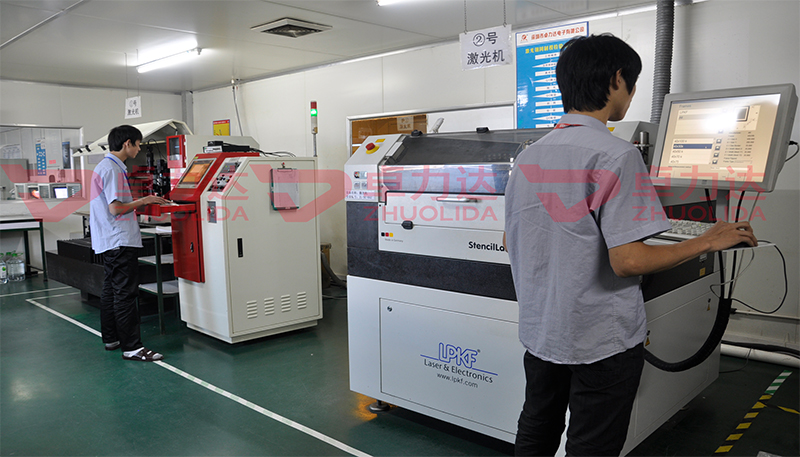
Glass etching cream is a popular tool for creating designs on glass surfaces by etching or “frosting” the glass with a mildly caustic chemical. This cream, often containing compounds like ammonium bifluoride or sodium bifluoride, is designed to react with silica in the glass, creating a matte finish or a design that stands out against the polished glass surface. However, when it comes to etching stainless steel or other metals, glass etching cream typically falls short. Here’s why glass etching cream doesn’t work effectively on stainless steel, and some alternative methods for etching or marking metal surfaces.
Chemical Composition: Glass etching cream is formulated to react specifically with silica-based materials, like glass, which contain silicon dioxide. Stainless steel, on the other hand, is a metal alloy primarily made of iron, chromium, and sometimes nickel. The chemical reaction that occurs between glass etching cream and silica doesn’t happen with metals because they lack the silicon dioxide necessary for this reaction. Essentially, the chemicals in glass etching cream aren’t potent enough to have an effect on stainless steel.
Stainless Steel's Protective Layer: One of the defining features of stainless steel is its thin, protective layer of chromium oxide. This layer is highly resistant to corrosion and prevents the underlying metal from reacting with most chemicals. Because glass etching cream lacks the strength and the specific chemistry to break down this protective layer, it doesn’t etch or alter the surface of stainless steel. Even if the cream appears to create a slight mark on the metal, it would not be as pronounced or durable as true etching.
Durability and Design Limitations: For etching to be effective, a strong enough chemical or mechanical process is required to create a durable design that won’t fade over time. Glass etching cream simply isn’t designed for this level of etching, particularly on a surface as resilient as stainless steel. Even if it could mark the surface, the design might quickly wear away, lacking the longevity necessary for stainless steel applications.
While glass etching cream may not be effective, several methods can create beautiful and lasting designs on stainless steel:
Electrochemical Etching: Electrochemical etching is a precise and popular method for creating detailed designs on stainless steel. This process involves applying a stencil to the stainless steel surface, placing a conductive solution on the stencil, and passing a low electrical current through it. The electric current causes the metal in the exposed areas to oxidize, leaving a permanent etched design. Electrochemical etching is frequently used for labeling tools, knives, and other metal surfaces with logos or serial numbers. It’s effective, long-lasting, and does not compromise the structural integrity of the stainless steel.
Laser Engraving: Laser engraving is another excellent option, especially for highly detailed or intricate designs. This process uses a high-powered laser to remove a small layer of metal from the surface, creating a visible mark. Laser engraving machines can vary in cost and complexity, but they produce clean, consistent designs that are difficult to replicate by other means. Laser-engraved designs are highly durable, resistant to fading, and often used in industries where precise marking is critical, such as in medical devices or jewelry.
Sandblasting: Sandblasting, or abrasive blasting, is a method that uses a high-pressure stream of abrasive particles (like sand or glass beads) to roughen and etch the surface of stainless steel. By placing a stencil on the steel surface and directing the abrasive stream over it, you can achieve a frosted, textured design similar to what etching cream does on glass. However, sandblasting equipment can be expensive and is best suited for large or commercial projects rather than small DIY designs.
Chemical Etching for Metal: Unlike glass etching cream, there are chemical etching solutions formulated specifically for metal. These solutions often contain stronger acids like ferric chloride, which can etch a variety of metals, including stainless steel. Chemical etching for metals typically involves coating the metal in an acid-resistant layer, using a stencil to expose the desired areas, and applying the acid solution to etch the design into the steel. This method is common in industries requiring high precision, such as electronics and aerospace, and can create intricate designs.
Engraving Tools: For those who prefer a hands-on approach, rotary engraving tools can work on stainless steel with the right bits. These handheld tools are equipped with diamond or carbide bits that can carve into the surface of the stainless steel, allowing for detailed, custom designs. While manual engraving can be labor-intensive and requires a steady hand, it allows for a unique, personal touch and can be done relatively inexpensively.
Glass etching cream, designed specifically for silica-based materials, is ineffective on stainless steel due to the absence of a necessary chemical reaction and the resistance provided by the chromium oxide layer. For those interested in marking or etching stainless steel, alternatives like electrochemical etching, laser engraving, sandblasting, and chemical etching provide effective solutions. Each method offers distinct advantages depending on the level of detail, durability, and resources available for the project. If you’re aiming for a permanent and aesthetically pleasing result on stainless steel, exploring these alternative methods will yield far better results than attempting to use glass etching cream.
Contact: andy_Lai
Phone: 18938693450
E-mail: yw9@zldsmt.com
Add: Building A3, Huafa Industrial Park, Fuyong Town, Fuyuan Road, Fuyong Town, Baoan District, Shenzhen,China